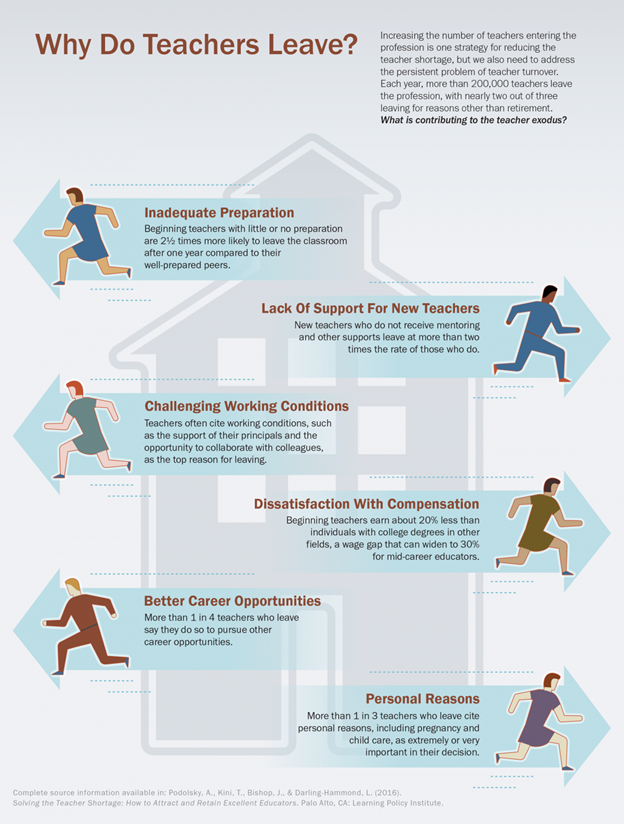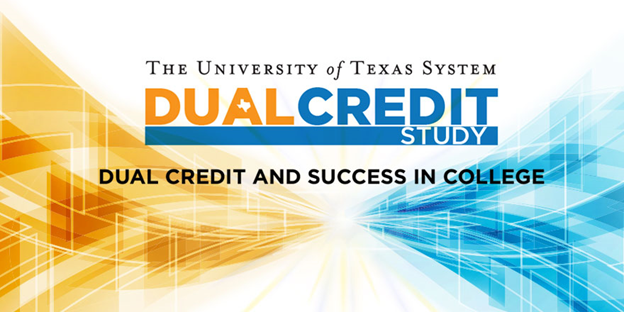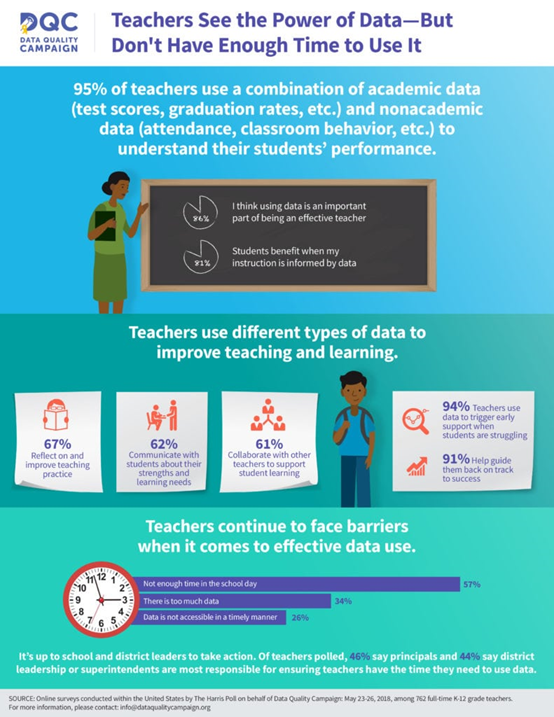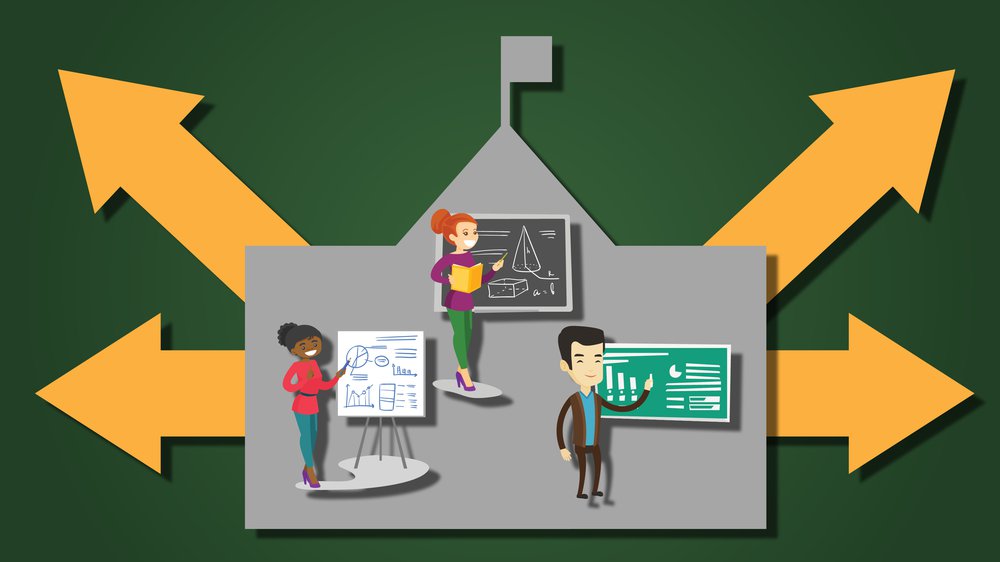Teacher Turnover: Why It Matters and What We Can Do About It – By Desiree Carver Thomas and Linda Darling-Hammond, Learning Policy Institute
When students return to school this year, many will enter one of the more than 100,000 classrooms across the country staffed by an instructor who is not fully qualified to teach. This is because many districts, facing ongoing teacher shortages, are hiring underqualified candidates to fill vacancies. While shortages tend to draw attention to recruitment issues, this report finds that 90% of open teaching positions are created by teachers who leave the profession. Some are retiring, but about 2/3 of teachers leave for other reasons, most due to dissatisfactions with teaching. Teacher attrition in the United States is about twice as high as in high-achieving jurisdictions like Finland, Singapore, and Ontario, Canada.
Addressing early attrition is critical to stemming the country's continuing teacher shortage crisis. It is also important for school effectiveness. The cost of attrition to student learning and district budgets is significant. Teachers are the number one in-school influence on student achievement. Research finds that high rates of turnover harm student achievement. In high-turnover schools, the inexperienced and underqualified teachers often hired to fill empty spots also have a negative impact on student learning. Financially, the report estimates that each teacher who leaves, on average, can cost as much as $20,000 in an urban district.
This report builds on findings from a 2016 study by LPI, A Coming Crisis in Teaching? Teacher Supply, Demand, and Shortages in the U.S. Using data from the latest National Center for Education Statistics' Schools and Staffing Surveys, the authors detail who is leaving, why, and which students are most impacted. They also provide information on policy considerations that can address attrition.

Texas high school students who take dual credit classes graduate college up to a year faster, officials say – By Rebekah Allen, The Dallas Morning News
High school students who took dual credit classes graduated with a college degree about a year faster than students who didn't, according to data presented to Texas lawmakers Wednesday.
Based on a cohort of students who started college in 2011, students with dual credit graduated college in 4.3 years on average compared to students without dual credit. Those students graduated on average in 5.1 years, Texas Commissioner of Higher Education Raymund Paredes told senators during a hearing in the state Capitol.
Dual credit programs allow students to take college-level courses while in high school, at a free or drastically reduced cost to the student. Education officials have touted the program as a way to put more poor and minority students on the college track.
Texas' dual credit enrollment program has more than doubled in the past decade, increasing from 64,910 high school students taking at least one college credit course in 2007 to 151,669 in 2017.

Companies Invest in Preparing K–12 Students as Older Sectors Become Tech Integrated – By Eli Zimmerman, EdTech Magazine
Technology giants are working to bolster K–12 education in middle America, specifically targeting subjects that will help young students learn the skills they’ll need as traditional jobs like agriculture and manufacturing evolve with the rise of emerging technology.
Work in rural, agricultural America has seen major disruption from innovative technology, globalization and a shift away from resources like coal and steel. At the same time, major companies are recognizing the potential of a generation that will be looking for jobs as the market for jobs in these fields changes — and offers new options to workers and employers.
“It is our job as parents, educators and technology creators to encourage children to test the waters of STEM, whether they simply want exposure to science and technology, or they have a curiosity as to how to design and launch a rocket,” Ann Woo, senior director of corporate citizenship at Samsung Electronics North America, wrote in the Houston Business Journal. “Many science and engineering ideas come to life through the devices we hold in our hands, but cutting-edge technologies aren’t easily available to every young person.”
Increased STEM funding from private companies comes as Americans raise concerns over the attention science, technology, engineering and math classes get in the U.S. education system.

What Parents and Teachers Think About Education Data – From DataQualityCampaign.org
The Data Quality Campaign believes it’s critical to listen to parents and teachers – especially around their views on education data. So in 2018, DQC commissioned its third parent poll and first teacher poll to better understand the opinions of those closest to students. These infographics highlight what we learned, including:
- Parents and teachers agree on the power of data in the classroom. Teachers use data in a variety of ways each day to support students and use data to start conversations with parents about their child’s learning.
- Teachers face barriers to using data in the classroom, including a lack of time and training to put data to work for students.
- Parents value data as a tool to inform decision making and need data to help their children do their best. Teachers want schools to do a better job of getting parents information about their students’ progress in school so they can support learning at home.
While parents and teachers value, trust, and rely on data to support students, more can be done by state and district leaders today to make data use possible. DQC’s Four Policy Priorities to Make Data Work for Students outlines the steps leaders can take to ensure parents and teachers have meaningful access to data and the time and training to use this information in service of student learning.












